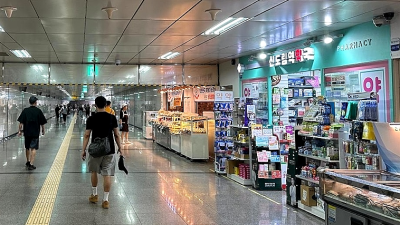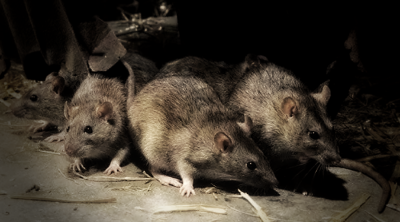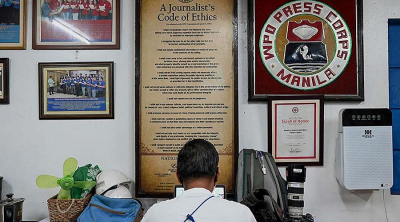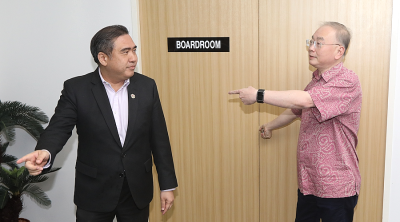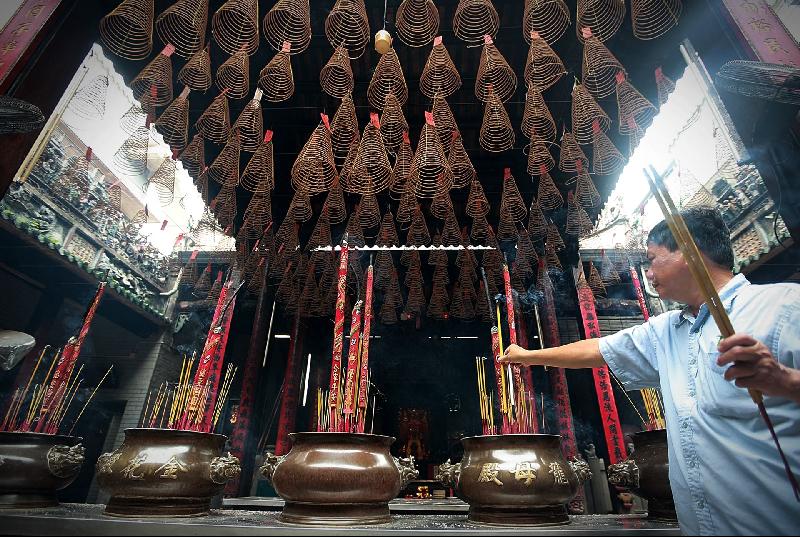
In Districts 5 and 6 of Ho Chi Minh City, you will see plenty of shops with Chinese signboards. This is Cholon, the Chinatown, where Cantonese is widely spoken.
The hundred-year-old Tue Thanh Guild Hall, a clan house for the local Cantonese people, bears witness to the history of early Chinese migrants to Vietnam.
Lu Chan Loi, the chairman of the guild hall, explained to Sin Chew Daily that Chinese migrants began to come to Vietnam to do business during the late Ming dynasty. They sailed here during the northeast monsoon and sailed back to China during the southwest monsoon.
For the several months here, Chinese merchants had to find some place to talk business and rest, and the guild hall slowly came into being to meet the demands of these merchants.
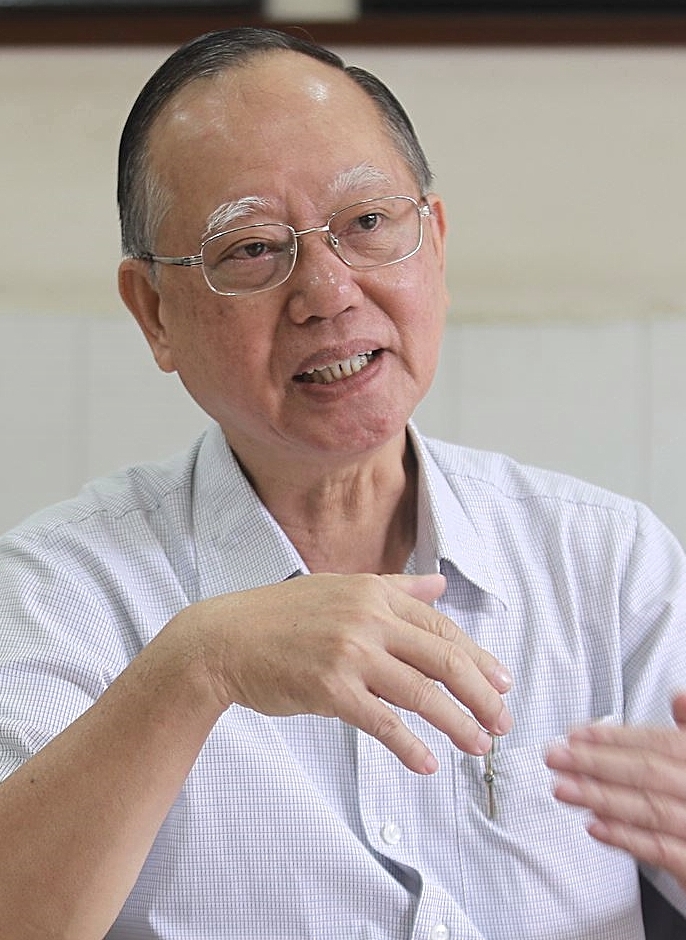
The guild hall, which will be celebrating its 260th anniversary this year, also served as a temple for the worship of the Sea Goddess who would protect them throughout their sea journeys.
In 1993, the temple was named a national heritage building by the Vietnamese government and is a must-see destination for many a foreign visitor.
In addition to Tue Thanh Guild Hall, Cholon also boasts a host of other Chinese clan houses, including those for the local Hakkas, Hokkiens and Hainanese.
Chinese, with only about one million population, is one of the 53 minority groups in the country of 90 million. Half of all the Chinese in Vietnam live in Cholon, and more than half of them are of Cantonese descent.
Owing to the relatively large population of Cantonese here, this dialect is widely spoken by Chinese of all dialect groups.
69-year-old Lu Chan Loi said his grandfather came from China in 1923 when his father was three, while he was born here in Vietnam.
Functionality of guild hall
Having joined Tue Thanh Guild Hall for nearly 30 years, Lu took over as its chairman in 2016.
Among the objectives of the guild hall are to preserve the ethnic Chinese culture, promote education and take part in community welfare events.
Back in the olden days only wealthy Chinese families could afford to send their children to schools. As such, members of Tue Thanh Guild Hall decided to raise funds to set up a community school in 1911 for the local Chinese children. Lu is among the school's alumni.
After the Reunification in 1975, all private schools in Vietnam were taken over by the government, and the guild hall was subsequently converted to an institution to promote education. Scholarships were provided to needy university students to help them get into Vietnam's public universities. More than a thousand local Chinese students have so far benefited from this facility.
In addition to scholarships, the guild hall also offers a medical fund to help impoverished people to settle medical and surgery bills.
Flourishing traditions

We came to Ho Chi Minh City in July when the local Chinese residents were about to celebrate the Mid-Autumn Festival. Red lanterns were put up in front of shops and mooncakes were sold, including those with lotus paste, red bean paste, single yolk or double yolk fillings. Vietnamese mooncakes are slightly flatter and bigger than those found in Malaysia.
Besides Mooncake Festival, Vietnamese Chinese also celebrate Lunar New Year, Dumpling Festival and other traditional festivities.
Vietnamese Chinese families still retain many of the traditional customs.
"Lunar New Year is celebrated here. Lanterns are put up everywhere and families come together for reunion dinners," Lu related.
The local Chinese normally offer beef, mutton and pork as offerings to the deities during their religious rituals, some offering fish or chicken as alternatives. However, if they pay homage to their ancestors, goose must be used, Lu explained.
After Lunar New Year comes the Tomb Sweeping Festival when local Chinese residents visit the tombs of their ancestors.
"However, things have changed now. Many prefer cremation and pay respect to their ancestors' ashes in a Buddhist prayer hall instead, while some others go for "sea burials".
Other than the Tomb Sweeping Festival, Vietnamese Chinese also pray to their ancestors on the ninth day of the ninth month in the lunar calendar.
As for the Dumpling Festival, Vietnamese Chinese also wrap dumplings like Malaysians, and offer gifts to their relatives.
In Mid-Autumn Festival, they not only eat mooncakes but also offer prayers to the Moon.
Finally we have the Winter Solstice Festival where tang yuan (rice dumplings) are eaten, just like Malaysians.
While most of the traditions are largely similar to what the Chinese elsewhere in the world are celebrating, there are nevertheless some minor differences.
For example, Lu said , city god temples which are common in places like China and Taiwan, are visited only by the Vietnamese people and not the Chinese. This is because many of the local heroes who made significant contributions to the country have been exalted as deities.
Cantonese, but no Mandarin
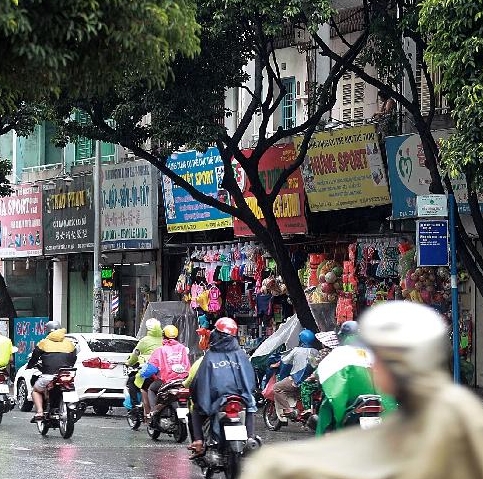
In Vietnam, young generation Chinese normally speak quite fluent Cantonese although they are crippled when it comes to Mandarin Chinese because of absence of Chinese language classes in most Vietnamese schools.
Lu said majority of local Chinese families will send their children to language centers to learn Chinese during the weekends.
Chinese population has been growing rather slowly. Lu explained that this is partly due to emigration while another reason is intermarriage.
"After Chinese women marry the Vietnamese, their children will be registered as Vietnamese."
ADVERTISEMENT
ADVERTISEMENT






